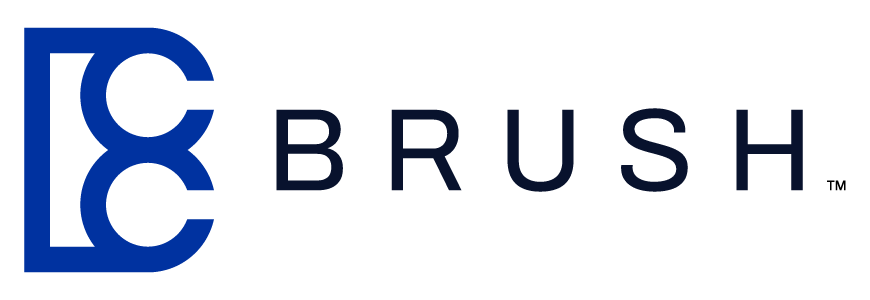How COVID-19 Has Accelerated a Digital Revolution in the Insurance Industry
Crisis has a way of speeding up the rate at which we adopt new technologies by making us abandon long-held traditions. So how has the COVID-19 accelerated a digital revolution in the insurance industry?
If necessity is the mother of invention, crisis might just be its father.
During the Great Depression of the 1930s, radio programming took off, since anyone with a wireless set could tune in to a whole day’s worth of free news and entertainment. After World War II ended, the factories built to manufacture weapons converted into fertilizer plants once peace returned, setting off a worldwide agricultural boom.
Long after the COVID-19 pandemic has ended, its effects will continue to shape the way we live our lives. We may shop for groceries online more often, attend conferences remotely or forgo a trip to the ATM machine in favor of tapping our smartphones on a payment console. It makes sense that the pandemic is spurring some radical changes in the way our own industry – insurance – does business, too.
Slow to change — but not any more
Historically, the insurance industry has been slower than others to embrace technological innovation, largely due to higher regulations that require more paper forms to submit to government agencies and third-party overseers.
But that’s shifting, and quickly. A 2020 BlackRock survey found that seven in 10 insurers plan to prioritize investing in new technology. With that, investment in insurtech is currently exploding. The technological changes taking place within the industry may be as simple as accepting digital signatures on client agreements. Or, as we at Brush Country Claims have seen, they may be more sweeping — from incorporating artificial intelligence into risk management to streamlining and rethinking the entire digital claims management process.
Consumers are demanding new technologies
Because of pandemic shutdowns, customers don’t just want the option of virtual contact with their insurance carrier. Instead, many now demand it. They wonder why insurance companies don’t provide the same easy access to data and documents that electronic banking does. On the flip side, insurers too have realized these technological solutions convey even more benefits than previously imagined, particularly as the shutdowns forced professionals to switch to digital processes. In fact, technology can only enhance customer service, not erode it. For example, technology advancements have enabled us to take our world-class customer journey to even greater heights through our Hybrid Desk Adjustment Program (HyDAP) — leading to our average closing time for claims, well below industry average, at just 68 hours.
HUBVIA, our proprietary suite of insurtech solutions, is yet another excellent example of how we’ve used technology to better support our policyholders, adjusters and carriers. Through our unique digital claims management system, we found that if we seamlessly integrate many different steps into one software platform, we can increase accuracy and accelerate the turnaround times for claims processing. These steps include everything from communicating with clients and scheduling adjustor visits to documenting damages, filing reports and tracking payments.
The rate of change is building momentum
The more individual players in the insurance industry adopt insurtech innovation, the more its positive ripples will continue to spread. Adjustors will find technology makes them more productive, and reporting accuracy will spike. Plus, as insurance carriers track more consumer data, they can continuously refine products, risk profiles and marketing efforts to better serve their customers’ needs.
Learn more about our unique claims process, and meet our incredible team dedicated to putting people first with the help of the latest advancements in tech!




